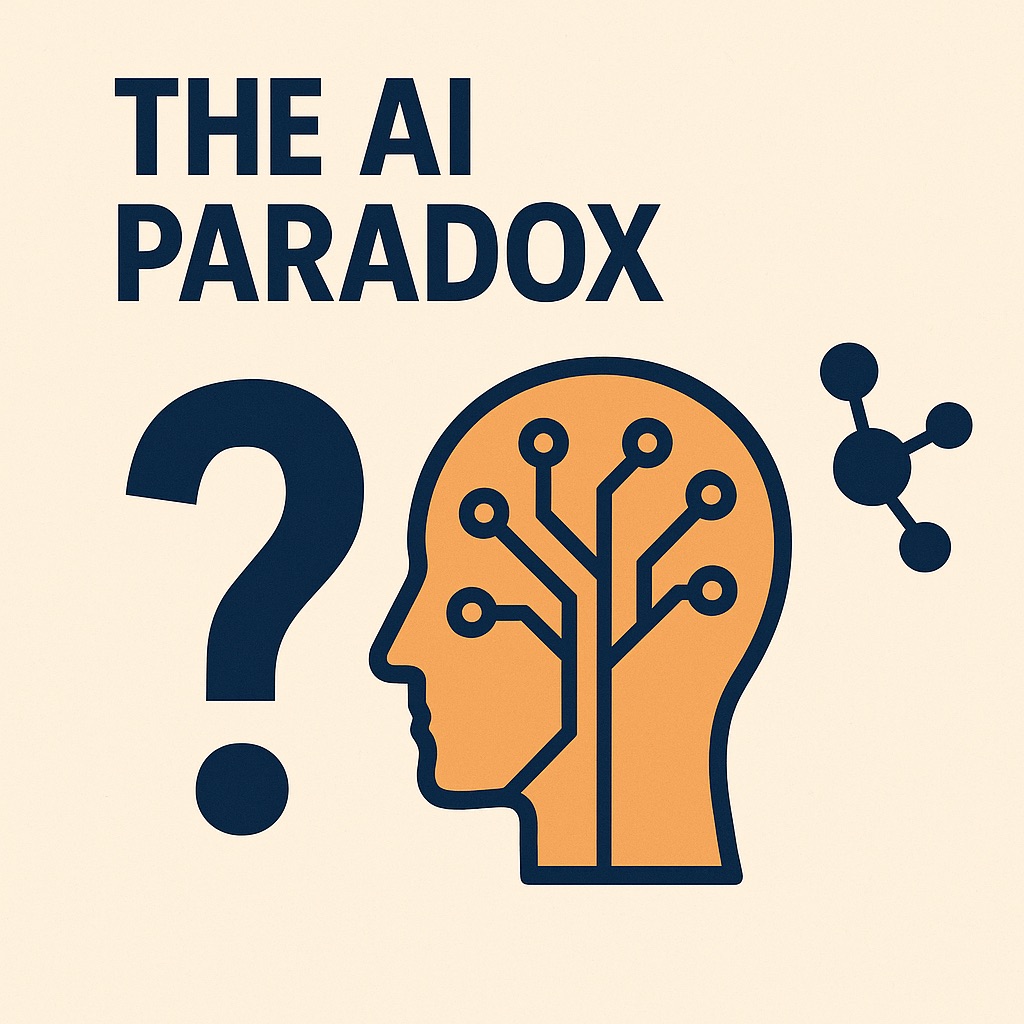
Imagine it’s midnight in the jungle.A small bat flits through the trees, listening closely. Not for danger. But for opportunity.
Below, frogs croak their mating calls.Some are harmless. Some are poisonous.
This bat doesn’t guess.It listens. It remembers. It learns.It decides—fast.
Survival is on the line.
Now, shift your view.You’re not in the jungle. You’re in a boardroom. A hospital. A biotech lab. A crisis meeting.
And guess what?
Your survival—your team’s engagement, your organization’s future—is also on the line.
No, you’re not trying to avoid a poisonous frog.But you are trying to avoid something just as dangerous:Burnout. Bad decisions. Toxic culture. Strategy gridlock. A revolving door of talent.
So what if the future of your hospital, your culture, your team… came down to hearing the right signal in the dark?
Let’s ask a simple question:If a bat can learn to survive in chaos... what’s stopping us from learning to lead better in ours?
Bats don’t have PowerPoint decks. They don’t hold retreats. They don’t need year-long change management plans.
But they do what most leadership teams struggle with:
As a leader, you don’t just want your team to survive the next crisis. You want to build something that lasts.
This isn’t just another metaphor. It’s a blueprint—tucked inside one of the simplest stories nature has to offer.
So let’s walk through it.
Fringe-lipped bats face a basic choice every night: Eat the wrong frog and you might die. Eat nothing and you starve.
They learn quickly. Some frog calls lead to safe meals. Others? Not so much.
They act when the right signal appears.
Do your leaders know which signals mean “Go”—and which mean “Stop”?
In today’s healthcare environment:
What to do:
Because like the bat, leaders must trust what they’ve learned—and act when the signal is clear.
Young bats don’t become expert hunters by watching YouTube. They learn by trying, missing, adjusting, trying again—in the wild.
Now think about your leadership development programs:
Healthcare doesn’t need more slide decks. It needs more simulations.
What to do:
Because high-stakes leadership doesn’t come from a seminar. It comes from the field. From failure. From growth.
Bats don’t waste energy chasing every sound. They know which calls to trust—and which to ignore.
Healthcare leaders must do the same.Because every whisper in your system tells a story:
These are your frog calls. Learn to hear them—or pay the price.
At a mid-sized clinic we worked with, the leadership team ignored a recurring red flag in staff feedback. Six months later, 17% of nurses had left. It wasn’t a staffing issue—it was a listening issue.
What to do:
In hindsight, which of these do you struggle with most?
In the wild, not every frog call deserves attention. Some are distractions. Some are dangerous. Some are irrelevant.
Fringe-lipped bats know this. They’ve learned to tune out the noise and zero in on high-value cues.
Healthcare leaders must master this fast. Because we’re surrounded by noise:
What to do:
Because those who chase every sound starve. But those who know what to listen for? They thrive.
Bats aren’t solo learners. When one avoids a bad frog, others notice. That knowledge spreads—quietly but effectively.
Smart healthcare organizations do the same.
What to do:
When a bat survives, the colony gets smarter. When a leader grows, the whole organization moves forward.

You’ve flown through survival tactics—now let’s land on something practical:
So, what does it actually look like to lead like a bat?
Let’s move from insight to execution.
Below is a simple but powerful framework to help you apply what the fringe-lipped bat does naturally—to your leadership strategy, culture design, and decision-making process.
Whether you're rethinking your talent pipeline, streamlining operations, or strengthening your team’s resilience, these five principles serve as a leadership compass in complex terrain.
Use this table as both a mirror and a map:
.png)
Q1: Why compare leadership to animal behavior?
Nature’s logic is fast, efficient, and evolved to deal with uncertainty—just like your environment.
Q2: How does this help with burnout and engagement?
It shows how clear signals, shared learning, and feedback prevent overload and build trust.
Q3: What’s the first step to building this kind of culture?
Simplify what matters—cut the noise, tune into your people, and act on shared values.
Q4: Can this scale in large health systems?
Absolutely. The “Bat-Smart” model is a mindset, not a department. Start small, embed deeply, scale fast.
Q5: How does this apply to HR and talent strategy?
Use these principles to redesign leadership development—less theory, more exposure, shared learning, and fast feedback.
Q6: What if our leaders aren’t ready to change?
Use the bat story as a mirror. Survival belongs to the learners. The rest… get eaten by the noise.
You’re not just managing a budget. You’re shaping the future of care. Of science. Of healing.
The path forward won’t be perfect. But it doesn’t have to be.
It just has to be learned. Together. In real time. With courage.
Because in healthcare, leadership isn’t about perfection—it’s about precision under pressure.
Be the bat. Hear the signal. Lead the way.
Let’s make it happen together: www.beez-consulting.com/contact
At Bee’z, we help bold leaders rise higher.
Follow us. Share it. Start the movement.


Growth in healthcare isn’t about getting bigger anymore. It’s about getting better — and Europe’s hospitals are showing how. Discover how the next wave of leaders is changing healthcare.


From blame to accountability : how a culture of responsibility boosts care quality, engagement, and performance in healthcare. Let’s talk about this !


AI is everywhere in life sciences. It can design trial protocols in minutes, flag side effects before they appear, and even draft regulatory documents while you sleep.
